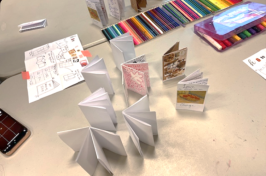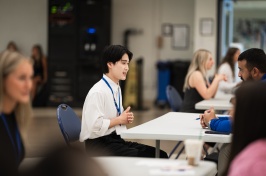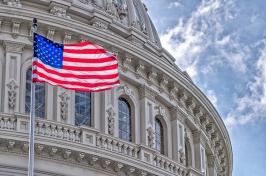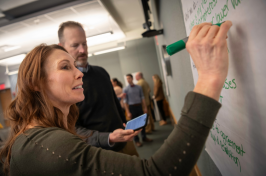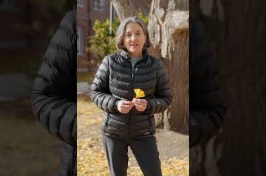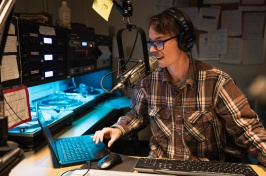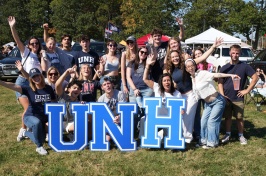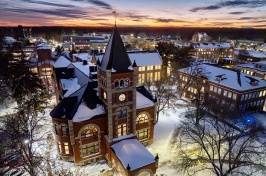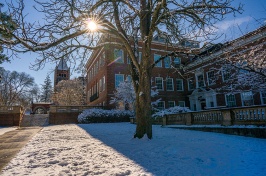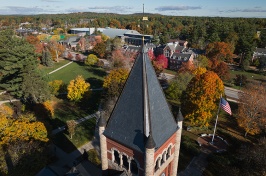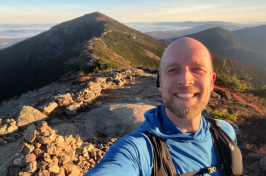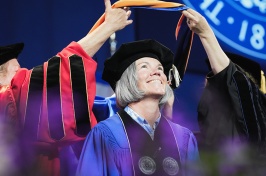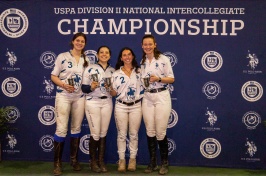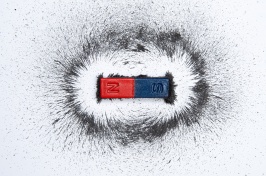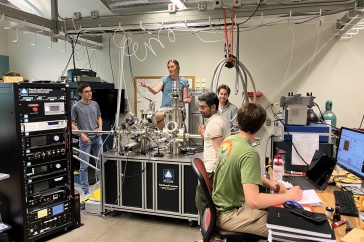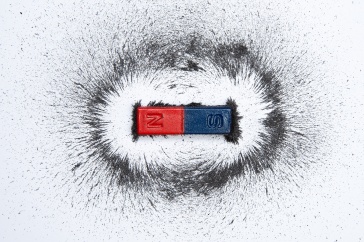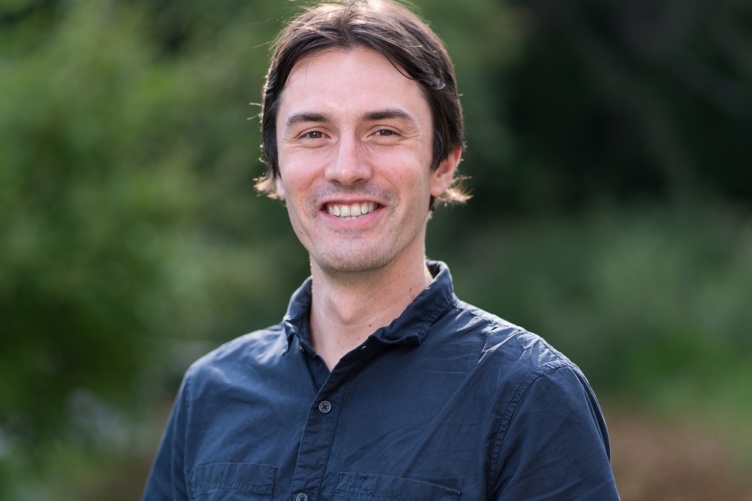
Sometimes in order to better understand the law of physics on Earth, you need to reach into outer space. Very far into outer space. Such is the case for Francois Foucart, assistant professor of physics, who was recently awarded a prestigious Department of Energy (DOE) Early CAREER Research Award to develop an algorithm to simulate the mergers, or collisions, of neutron stars. The first observed merger in 2017 was about 100 million light years away.
“The universe gives us access to a laboratory environment that we cannot create ourselves,” says Foucart. “This grant will allow us to better understand the laws of physics in a very dense environment.”
Neutron stars, very compact objects approximately 10 miles wide that contain more mass than the sun, are connected to important unknowns in nuclear physics. The merger of two neutron stars results in a large amount of neutron-rich matter being ejected from the star and could help explain how nearly half of the known heavier nuclear elements such as gold, platinum and silver ended up on Earth. Foucart’s research will address mergers detected through gravitational waves between compact objects like black holes and neutron stars.
Of the nearly three dozen observed mergers of these types, only two mergers have been confirmed between two neutron stars. All others have been between two black holes, but researchers also believe there may be one instance of a black hole-neutron star merger. Foucart, who joined the department of physics in astronomy in 2017, was one of 73 scientists across the U.S. to receive significant funding for research as part of the DOE CAREER program. The five-year grant is for $750,000. To be eligible for the award, a researcher must have obtained a doctorate in the last 10 years and be professor at a U.S. academic institution or a full-time employee at a DOE national laboratory. Their research must also fall within one of six major program offices, including nuclear physics.
Foucart foresees his research as valuable to the DOE’s quest to learn more about the origins of many heavy elements found on Earth, the properties of dense neutron-rich matter and neutrinos, subatomic particles with almost no mass that have little interaction with normal matter yet are much more active in mergers.
“What I really enjoy about the study of neutron star mergers is how many different areas of physics it ties together and how it requires us to combine experimental work on Earth, satellite observations, numerical simulations and theoretical work,” says Foucart.
The goal of the research is to produce new algorithms used to solve equations that are known to govern the evolution of particles in regions with strong gravitational fields close to objects such as neutron stars. It would then be implemented in a next-generation open-source that would leverage upcoming computing facilities to perform high-resolution simulations of neutron star mergers. The research is an expansion of Foucart’s 14 years of work in computational astrophysics, including neutron stars, black holes, radiation transport and nuclear astrophysics. This specific grant will analyze the last 50 milliseconds of the merger, which is important to learning what the final outcome of the merger is and how much matter is ejected. Foucart says the development of numerical algorithms is vital to making more progress over the next five years and beyond.
“There is a lot of new data coming to us, making the field an exciting one to be in at the moment,” says Foucart. “There is always something new to learn.” The research will be conducted at UNH and will include a postdoctoral researcher and graduate students who will also collaborate with researchers at Cornell and Caltech developing the open-source code. Foucart is originally from Brussels, Belgium, and obtained undergraduate engineering degrees from the Free University of Brussels and the Ecole Centrale Paris. He moved to the U.S. to pursue his doctorate in physics, graduating from Cornell University in 2011. He was then a postdoctoral fellow for three years at the Canadian Institute for Theoretical Astrophysics in Toronto and a NASA Einstein Fellow at the Lawrence Berkeley National Lab for another three years before joining UNH.

